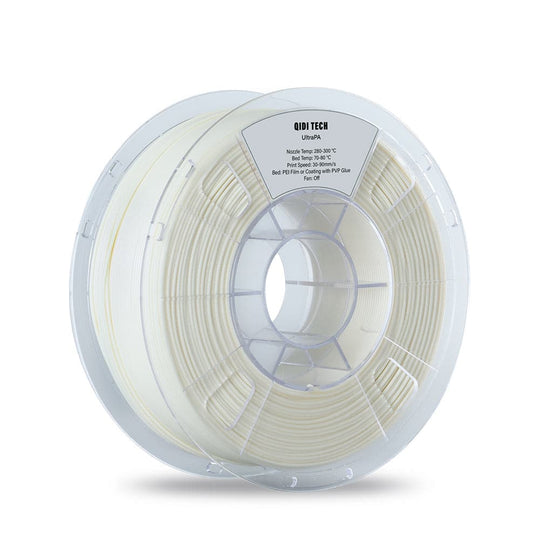Unlock the Secrets: Discover the Perfect Filament for Your 3D Masterpieces!
When it comes to 3D printing, the choice of filament is crucial, especially for those ambitious enough to tackle complex models. Selecting the right filament can significantly enhance print quality and detail, transforming your intricate designs from mere concepts into stunning three-dimensional masterpieces. Imagine painstakingly crafting a detailed architectural model or a delicate figurine—without the right filament, the results may fall short of your expectations. It’s essential to understand how different filament properties influence the final outcome and the overall experience of 3D printing. In this article, we will explore various filament options, their characteristics, and how to choose the best one for your complex projects.

Understanding Filament Types for 3D Printing
3D printing filaments come in various types, each with its unique properties and best-use cases. The most common filaments include PLA, ABS, and PETG. PLA (Polylactic Acid) is popular for beginners due to its ease of use and environmental friendliness, making it suitable for detailed prints. ABS (Acrylonitrile Butadiene Styrene), on the other hand, offers greater strength and heat resistance, ideal for functional prototypes but requires a well-ventilated area due to its fumes. PETG (Polyethylene Terephthalate Glycol) combines the best of both worlds: it’s easy to print like PLA while offering superior strength and durability similar to ABS. Other filaments, such as TPU (Thermoplastic Polyurethane), are known for their flexibility, catering to projects that require bendable parts. Each filament type has its strengths, making it imperative to match the right filament with your specific printing needs.
Key Characteristics to Consider
When selecting filament for complex 3D prints, several key characteristics come into play. Strength is paramount; you want a filament that can withstand the mechanical stresses your model may encounter. Flexibility is equally important, especially for designs involving moving parts or intricate geometries. Temperature resistance should not be overlooked either, as some filaments may warp or deform under heat. Ease of use is a vital consideration, particularly for beginners; filaments that are easier to work with can save time and frustration. Additionally, the filament's viscosity can impact layer adhesion, which is crucial for maintaining the integrity of intricate designs. By understanding these properties, you can make informed decisions that enhance the quality and success of your 3D prints.
Filament Selection for Complex Models
Choosing the right filament for intricate designs requires a nuanced approach. The complexity of your model can dictate which filament is most appropriate; for instance, models with delicate features may benefit from PLA due to its superior detail resolution. Consider the geometry of your print—sharp angles and overhangs require good layer adhesion and sometimes a filament that can handle bridging effectively. Higher print resolutions can also impact filament choice; certain materials may not perform well at finer resolutions. Moreover, think about your print's layer adhesion; materials like PETG excel in this area, making them suitable for complex models that require durability and strength. Ultimately, assessing the demands of your design is crucial for selecting the right filament.
Tips for Successful Printing with Complex Filaments
To achieve successful prints with complex filaments, optimizing your print settings is essential. Start with temperature; different filaments have specific melting points, and adhering to these can prevent issues such as warping or under-extrusion. Speed is another critical factor; slower print speeds can enhance detail and layer adhesion, particularly for intricate designs. Adjusting layer height can also impact the quality of your prints; a thinner layer height may be beneficial for detailed sections, while a thicker layer can speed up the printing process for less intricate areas. Additionally, don't underestimate the importance of a well-calibrated printer; ensuring your printer is tuned correctly can vastly improve print outcomes. Experimenting with these settings will help you find the ideal balance for your particular filament and project.
Essential Takeaways on Filament Choice
In conclusion, selecting the right filament is a pivotal step towards achieving successful complex 3D prints. By understanding the various filament types and their characteristics, along with the key factors that influence print quality, you can make informed decisions tailored to your projects. Don't hesitate to experiment with different filaments to discover which ones best complement your creative vision. The right filament can transform a good print into a masterpiece, so embrace the journey of exploration and innovation in your 3D printing endeavors!



